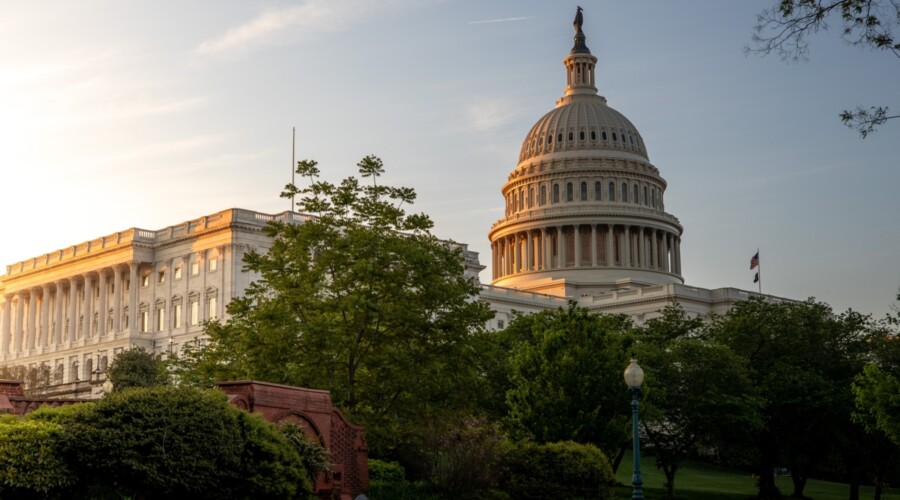Nico Slate
Colored Cosmopolitanism:
The Shared Struggle for Freedom in the United States and India
Cambridge : Harvard University Press 2012. 344 pages
Any student of the American Civil Rights Movement knows that Mahatma Gandhi was a great source of inspiration to Martin Luther King, Jr.. Most notably, King's use of civil disobedience to expose the injustices of segregation was an echo of Gandhi's satyagraha—the nonviolent form of protest developed and employed with remarkable success in India decades earlier. The connections between the American Civil Rights and Indian independence movements predating King, however, have not received nearly as much attention. Nico Slate's Colored Cosmopolitanism: The Shared Struggle for Freedom in the United States and India purports to be "the first detailed examination of both ends of this transnational encounter."
The concept "colored cosmopolitanism" was first invoked by African American author W. E. B. Du Bois to inspire African Americans facing Southern racial injustice. Du Bois portrayed the plight of black Americans as part of a global united struggle of "colored peoples" against white imperialism. Over time, this vision caught on, and was adopted by "colored" leaders throughout the world—most notably in India. Through seeing the struggles of colored people in distant lands as analogous to their own, Indians and African Americans could learn from each other and share in each other's victories.
But like most grand narratives, that of colored cosmopolitanism depended on glossing over significant complexities. Not all "colored people" saw themselves as part of a shared struggle—in fact, no clear consensus existed as to who the "colored" people were. Moreover, "colored solidarity" proved elusive even within predominantly "colored" countries. Given the complex identity politics upon which colored cosmopolitanism builds, writing a historically accurate account of its development is no small feat. But Slate navigates the complex relationships between the African American and Indian struggles with a painstaking attention to detail, managing to paint a surprisingly complete and nuanced image of colored cosmopolitanism in just barely over 250 pages.
In the book's introduction, Slate draws on the story of Kamaladevi Chattopadhyaya, a distinguished Indian visitor to America in 1941, who was mistaken for an African American while seated in the "whites only" section of a segregated train:
Just across the Louisiana border, the ticket collector ordered her to move. She asked him why. "That is the rule," he replied, "and you better obey it, or you will regret it." She did not move. He walked away angrily, but soon returned—subdued, it seemed, by something he had learned. He asked her where she was from, making clear he realized she was not African American […] Kamaladevi Chattopadhyaya replied, "It makes no difference. I am a colored woman obviously and it is unnecessary for you to disturb me for I have no intention of moving from here" (p. 1).
The Chattopadhyaya story illustrates the solidarity at the core of colored cosmopolitanism. She could have saved herself a lot of trouble by pointing out to the ticket collector that she was a foreigner, and not an African American. Instead, she took a stance against racial injustice. Moreover, "By proclaiming herself 'colored,' she expressed solidarity with the millions of African Americans for whom the brutalities of segregation were a part of daily life" (p. 1-2).
Chattopadhyaya's story also highlights the complex interplay of race, nationality, and social standing that problematizes the core assumptions of colored cosmopolitanism. Many Indians who lived, traveled, or worked in the United States during segregation maintained their social and legal standing by actively distancing themselves from African Americans. To this end, some American employers encouraged Indian employees to wear turbans, lest they be mistaken for blacks. Some Indians even appealed to overtly racist ideals to distinguish themselves from African Americans: At a time when U.S. citizenship was only being granted to whites, some Indian immigrants argued that high-caste Indians were members of the Aryan race. Indeed, despite their complexion, some high caste Indians were declared "white" in U.S. courts after invoking this argument. The modern reader might also be surprised to learn that as a young man, "Gandhi used the Aryan idea to distinguish 'civilized' Indians from uncivilized Africans" (p. 94).
Caste divisions within India further complicate the colored cosmopolitan narrative. In a display of solidarity while speaking at a school for Indian Dalits, King used the term "untouchable" in reference to himself "and every Negro in the United States of America" (p. 228). The analogy was apt. The social standing of African Americans was in many ways more similar to that of the Dalits than to that of the "colored" Indian nation as a whole, and caste oppression of and by "colored people" continued long after India became independent.
Despite these challenges, colored cosmopolitanism captured the imaginations of leaders both in India and in the United States. Correspondence with African American leaders such as Booker T. Washington led Gandhi to revise his view of African Americans, and made him an outspoken opponent of American racial discrimination. Over time, black leaders influenced Gandhi to take a stronger stance against India's caste system as well.
While the global engagement between African American and Indian leaders may have begun in letter form, it did not end there. A number of black leaders, including King, traveled on "diplomatic missions" to India to build relationships with their South Asian counterparts.
Indian officials visited the United States, as well. While head of the interim government in India, Jawaharlal Nehru traveled to the United States on official business. "His itinerary included neither meetings with Black leaders nor visits to Black communities" (p. 179), but Nehru extended his stay in America by two days to attend a private, off-the-record dinner with prominent members of the National Association for the Advancement of Colored People (NAACP). Less concerned with flying under the radar, an Indian politician by the name of Rammanohar Lohia got himself arrested while visiting the United States by repeatedly entering a restaurant that refused to serve him. When he received an official apology for his arrest from the State Department, he declared that the State Department "may go to hell."
Beyond the leadership circle, Indian and African American solidarity was largely facilitated by the independent press. African American newsletters, journals, and magazines published numerous articles about India, and the Indian press showed a continued interest in the African American cause. Moreover, some African American publications had a significant readership within India—Slate cites, for instance, the offers of Indian journalists to write for The Crisis as "evidence of the popularity of that journal in India" (p. 75).
Editors and prominent figures in both India and the United States saw the potential for using this connection to strengthen the bridge between the movements. As early as 1925, Du Bois wrote a letter "To the People of India," which was published in the Hindi magazine Chand. And one of Gandhi's most quoted phrases, "my life is my message," actually paraphrases a passage from a letter he wrote, "To the Negro people of America," which was published in The Chicago Defender in 1945 (p. 160).
At the time of writing, Gandhi could hardly have imagined the significance his "message" would come to hold for African Americans a decade later.
The overarching argument of Colored Cosmopolitanism is that "South Asians and African Americans learned from each other in ways that not only advanced their respective struggles for freedom but helped define what freedom could and should mean" (p. 243). It is an impressive first book from a promising young academic, offering a long-overdue examination of a period that has become overshadowed by its own legacy. Slate's eye for detail and subtlety will undoubtedly enhance the reader's understanding of both the Civil Rights Movement and the Indian independence movement.



